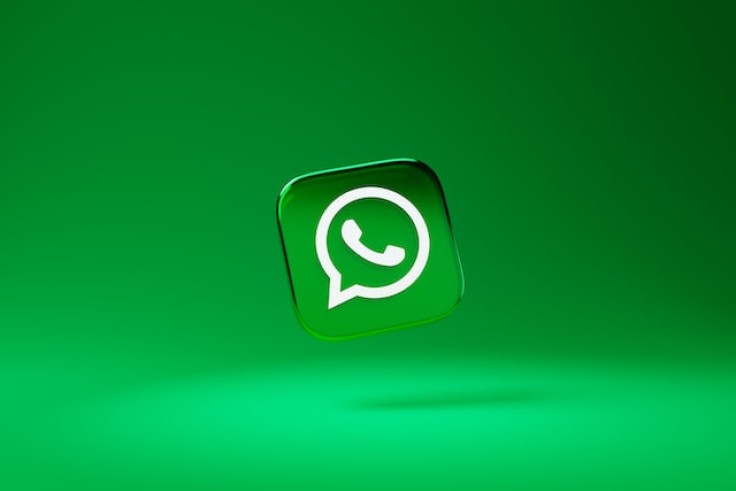It is the end of an era for one of WhatsApp's Windows desktop apps.
The company behind the secure messaging app had officially deprecated its Electron-based Desktop application on Windows to encourage WhatsApp users on Windows to use its newly introduced native app.
WhatsApp previously released its Native Desktop application in Aug. 2022, which delivered better performance than its predecessor.

WhatsApp Electron-based App Retirement Details
WhatsApp users may have noticed that the company has two apps in operation during the second half of 2022: a web-based app created around old Electron technology, according to 9to5Mac, and its new Native Desktop application, which uses native Windows technologies.
In its bid to have users switch to its Native Desktop app, WhatsApp has officially announced it is deprecating (retiring) its Electron-based Desktop application, per WABetaInfo. Those who still use this version of the app will now be prompted to switch to the newly released native app to continue using WhatsApp on their desktop devices.
This new prompt that appears when the Electron-based app's users open it states that users must open the new Native app to keep using WhatsApp on their computer, where they can access their existing chats.
The prompt also has buttons that would open the new app and uninstall the old one to prevent confusion.
The Electron-based app's retirement isn't as surprising as people would believe - WhatsApp notified users over four weeks ago with a countdown displaying how much time the app has left before it gets decommissioned.
Switching to the Native app also has its advantages. It delivers a more intuitive user interface, better responsiveness, and enhanced stability compared to its predecessor, as it's optimized; uses fewer resources.
The Electron framework may allow developers to create cross-platform desktop applications using web technologies by developing a single codebase that works across different operating systems like Windows and macOS. However, they are not as optimized as developers want them to be since they're developed to work on different operating systems and may use a lot of resources - the core reasons why WhatsApp wanted to develop a Native app in the first place.
How To Switch To The Native App
Switching to WhatsApp's native app is simple: users must download and install it from the Microsoft Store and then log in by scanning the QR code that appears when users run the app.
Additionally, users could click on the "Open New App" button to either switch to the new app if it's already installed or to open the Microsoft Store to download it from there.
While the switch is easy, many people are complaining about it coming too quickly, as the native app doesn't offer WhatsApp's business features that were available in the previous version. As such, it isn't possible to use essential business tools for effective customer communication, such as quick replies, catalog management, and more, while using the Native app.
WhatsApp could add these features in a future update, though its efforts to do so have yet to be spotted.
Related Article : WhatsApp Develops New Interface To Align With Material Design 3 Style









